-
Posts
585 -
Joined
-
Last visited
Content Type
Forums
Detector Prospector Home
Detector Database
Downloads
Posts posted by Gold Seeker
-
-
My guess is brass ball, whoever lost it only had one left!
-
-
Even if your spear point is modern it could still be gold in it, have it tested with a spectrometer as you said you were going to, just an FYI spectrometers cost a lot more than a few hundred dollars.
-
7 minutes ago, phrunt said:
Exactly all you need is to make an simple attachment, but the yabby pump is basically the same as a Gold Sucker tube.
I have several gold suckers, some I have made and others I bought and all of them have different size tips/attachments depending on what type/size of material I'm sucking up.
-
You blokes down under have "yabby pumps" which will work to suck up gold!!
-
31 minutes ago, Carolina said:
Excuse my ignorance, but how was it worn ? A chain around the neck ?
Thanks,
Carolina
I would think way back then it would of been either a string or strip of leather cord, but I guess there could of been a chain used by some but I would think small chains back then were made by hand and were expensive and mostly made for jewelry out of gold or silver, it also possible they just kept it in a pocket or sewn to their clothing, either way I'm sure losing it would cause them to have an issue moving freely around some areas.
-
57 minutes ago, hawkeye said:
Love The Traveling Wilburys
Yes they were a powerhouse supergroup!!
Roy Orbison sings in the End of The Line video but he had passed away in December 1988 shortly before the video was made, in his honor his guitar is seen in a rocking chair as well as a photograph of him when his part of the vocals are playing, RIP Roy!!
The video was filmed in an actual moving steam locomotive carriage train car.
-
11 minutes ago, SHB111 said:
Now there’s gold on my cell phone screen and all over the blunt end of that pick. Feel pretty confident since it smeared it’s indeed gold.
If it were gold it would remain whole just flatten out, the fact that it crushed into pieces/dust/yellow color on the piece of paper I'm sorry to say tells me that the piece wasn't gold, gold is a metal and doesn't crush into pieces or dust at all, I guessing it could be pyrite.
That being said it doesn't mean that some of the other pieces in the stone isn't gold, gold and pyrite are many times found together.
I still think it's time to do other testing, as said spectrograph analysis would be my next step, you may be able to get it done for free at a good jeweler that has a spectrometer.
-
When I saw your first photo of the tag in your first post today I was thinking it could be a slave tag but figure it wasn't since it was dug in Georgia instead of in and around Charleston S.C., it's a great find and quite valuable many of these tags value in the several thousands of dollars range, I have seen several sell for $3000 to $4000!!
I wonder how it got to be in your area, I'm sure if it could talk it would be a great story!!
-
2 minutes ago, SHB111 said:
Passes the needle test. Photo doesn’t show that but I pressed the flake in second photo proximal to the tip of point. It sunk in there and I felt some resistance, almost tackiness, like it was gummy, pulling the pick out. On the other hand when I press again anywhere else I don’t see gold I get zero penetration.
Also, I rubbed the gold in a couple spots with the pick where it just looked “yellow” to reveal a fine brand new gold shine beneath. And accidentally flaked a piece off as seen in the 3rd photo.
The little piece that fell out with the pick, take a hammer to it and see if it flattens out and expands or if it crushes into dust, if it flattens out it's malleable and very well could be gold, I think it's time to do a spectrograph analysis of the piece.
-
If what I'm seeing is gold some of the specks seems big enough to test using a needle, gold is malleable meaning it can be hammered, pressed, easily indented and or scratched without cracking, such as one can do with a piece of lead, take a needle and try to poke a piece/speck of the "gold" if it indents and doesn't chip/crack etc. it's very possible that it's gold.
If it passes the needle test I would next take it to a jeweler or some pawn shops and have them test it with a spectrometer.
-
I don't think back in day I would have bought a tin of the "3 Merry Widows" because of the "Selected Tested" part on the tin, who would want a condom much less 3 of them that has been tested!!!


-
44 minutes ago, Airtemisa said:
It says the video is private and cant watch it 😞
@Skullgolddiver I got the same message "video is private"
-
What new detector are you getting?
Are you going to use it on the beach at Tybee/Savannah?
-
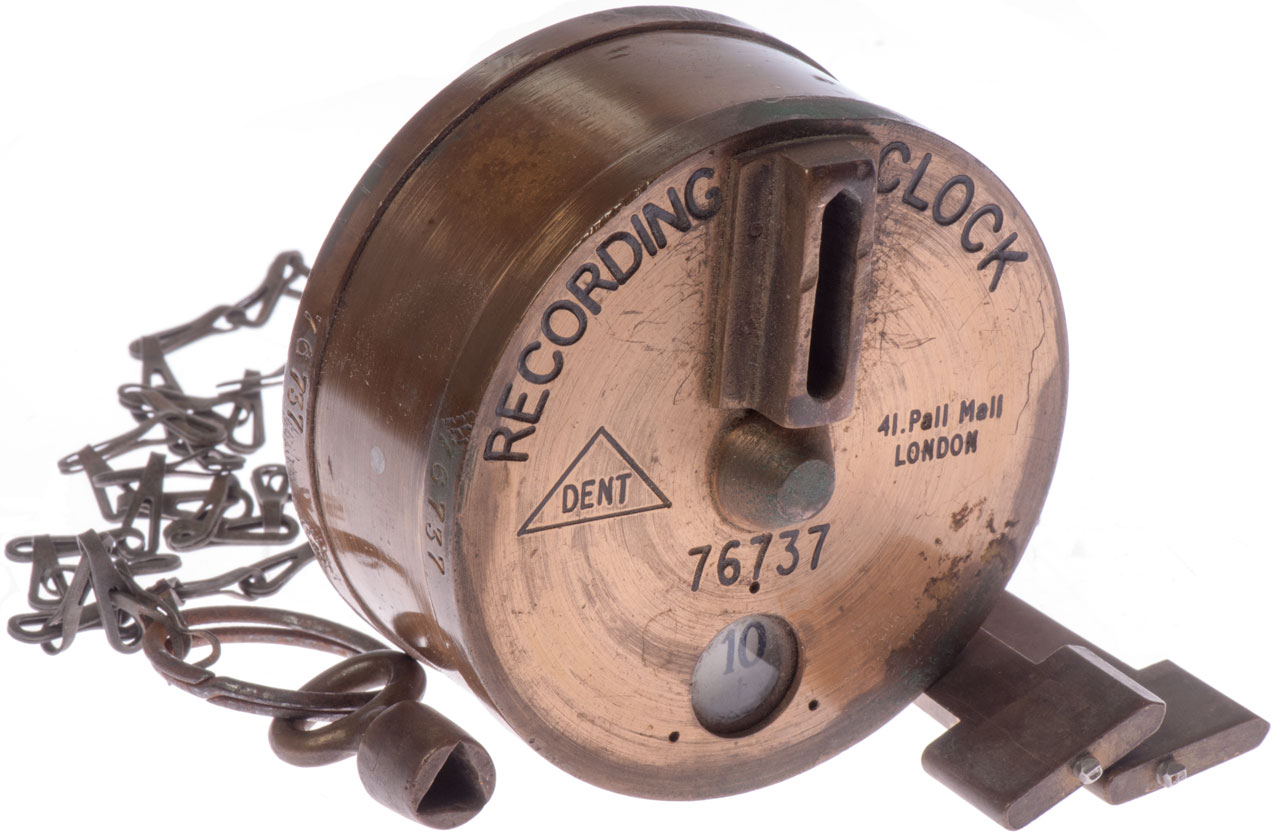 That double sided key reminds me of a key for a few of the old Watchman Time Recorder/Clock, back in the old days many "Watchmen/Security Guards" had to walk a beat every hour or so around the factory or business, to make sure they did walk the beat instead of just sleeping the night away in the guard shack/office they had a "recorder/clock" most were round and they had check points around the factory that had a key inside a locked box they would insert into the recorder then turn it and the time recorder would either punch or stamp that check point and the time on a round paper disk, as a young kid I went to a factory with my next door neighbor and my Dad's friend who was a night watchman there, I walk the beat with him and the keys at the check point looked similar but a bit different to those double sided keys.
That double sided key reminds me of a key for a few of the old Watchman Time Recorder/Clock, back in the old days many "Watchmen/Security Guards" had to walk a beat every hour or so around the factory or business, to make sure they did walk the beat instead of just sleeping the night away in the guard shack/office they had a "recorder/clock" most were round and they had check points around the factory that had a key inside a locked box they would insert into the recorder then turn it and the time recorder would either punch or stamp that check point and the time on a round paper disk, as a young kid I went to a factory with my next door neighbor and my Dad's friend who was a night watchman there, I walk the beat with him and the keys at the check point looked similar but a bit different to those double sided keys.
I'm not saying that what those keys were for, but they could be, when I saw them it brought back the memory of going to work with him that night as a very young kid, I felt I was also a night watchman since he let me turn all the keys to stamp the time recorder!! LOL
Here's a photo of a watchman time recorder/clock that is similar to the one he used with double sides keys that would be in the check point box, the triangle shaped key was for winding the recorder/clock.
-
-
7 hours ago, GB_Amateur said:
Good story. I didn't notice a reference. Where did you get this?
I found a few sources on this subject matter doing a web search, here's a link to one of them.
https://www.psi.edu/about/staff/hartmann/coronado/campsite.html
-
Well that didn't last long, I see the spot price of gold is going back down, below $2000 now!
-
31 minutes ago, NCtoad said:
Thanks! Yes, there is gold in this part of NC. I tried panning once in that stream and I also ran the nox in gold mode where the stream is undercutting the bank back in the woods but I didn’t find anything. I also really don’t know what I’m doing when it comes to finding gold.
I doubt you'll find any gold big enough to detect with a detector most of the gold you'll likely find will be fine gold but it's not unheard of finding a picker or small nugget in North Carolina.
If there's any gold in that stream it will be down either on bedrock or a clay layer which the heavy gold can't get past as it sinks when the sediment is stirred up, if you have either clay or bedrock in the creek check on top of them and also any cracks in the bedrock will have gold that dropped out of the flow and trapped in the cracks, break open any cracks and or scrape/clean out any material in them with a hammer, chisel and using a straight blade screwdriver, piece of stiff wire, stiff brush, etc. to get as much if not all of the material out and pan it to see if you have any gold, it also possible to find "flood gold" that hasn't had time to sink down yet on/in sandbars especially if there's bigger rocks that also dropped out of the flow in the sandbar.
It helps to also classify out the bigger rocks from your gathered material with a classifier before you try panning, you can use a piece of metal window screen for a makeshift classifier do this with lot of water using a catch pan to contain the fine material that goes through the screen.
Good luck, I hope you find some gold if you try again, let us know if you do try even if you don't find any gold!
-
-
In gold bearing streams/creeks and rivers the gold is usually found on the inside bends of the water course, the water slows on the insides bends and goes faster on the outsides bends, that's the reason you see gravel/sand bars mostly on the insides bends, as the water slows anything suspended if heavy enough will drop out of the flow, on the outside bends the water going faster is stronger hence as you mentioned it erodes the bank and that material will get deposited on another inside bend downstream.
Also keep in mind that those streams and branches of the stream have most likely moved from where they were during the Civil War and the years after so also look for low laying areas nearby that may have been the stream bed in the past, to help identify an old stream bed also look for rounded rocks and pebbles, also most water courses when they move they tend to move towards the outside bends because of the erosion and the buildup of new land on the insides bends, so what is an inside bend now could of been a outside bend in the past.
-
8 hours ago, Old Line Paul said:
This post brought back memories of my father showing us the mercury from a broken thermometer. He let us roll it around in our palms! Eventually, I remember him “soaking it up” with a silver dime. Yikes!
But then we road around in the back of the station wagon without seatbelts, and never even imagined bicycle helmets.
We played with mercury as kids as well any time a thermometer got broken.
But we used to ride in the bed of the pickup truck....and sitting on the sides going down the interstate highway at 75 MPH, we were lucky none of us ever fell out, I have 4 brothers and 4 sisters and there was almost always 4 or 5 of us back there and usually one or two of our dogs!!
-
While I would of loved to have been around when there was gold everywhere before most of it was mined out, especially if I could have a modern metal detector, but that would of never happened and also it was a hard life back then no matter what you did for a living..unless you had a lot of money and even then life was still harder than it is today, so I'm happy I'm alive now instead of back then, my life is hard enough now-a-days so I wouldn't wish for a time it would be harder.
That all being said if I had a time machine that would take me and a metal detector back in time (and back to the present) to whenever I wanted, now that would be the golden ticket!!!


-
8 hours ago, GB_Amateur said:
We currently have two candidate explanations of why a 90% silver, 10% copper coin would look shiny after being immersed/dipped/smeared in mercury. Yours is that the Mercury removes some of the surface of the coin, leaving a fresh looking coin -- lustre actually is the original Ag-Cu alloy. Mine is that the mercury stays on the surface -- lustre is actually from the mercury coating. (Both of us allude to mercury's ability to alloy with many metals.)
I used the 95% copper cent example as evidence that a mercury coating explains the silver coin's lustre since that's what happens to a copper cent when it comes into intimate contact with mercury.
OK so you disagree, but I still say the quarter lost silver form the surface of the coin, in the video I posted one can clearly see the mercury/silver amalgamation taking place as he dips and rubs the quarter in the mercury, it's as clear as day, also being that the silver content in the quarter out weights the copper content 9:1 there's going to be a loss of silver, granted a very small amount of mercury may have stuck to the quarter but it would be easily removed when he then rubbed the quarter with the cloth.
We'll have to just agree to disagree but I think the science is on my side in this subject, especially with the high silver content in the quarter.
On another note to help prove the cleaning of the quarter of mercury with a cloth would remove any mercury on the surface is when gold miners used an amalgam plate to recover gold, i.e. a copper plate coated with mercury that the gold slurry runs over to capture fine gold the mercury/gold amalgam was easily removed from the plate for the gold extraction process, they simply scrapped it off the copper plate, so using a cloth would further remove the mercury.


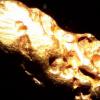
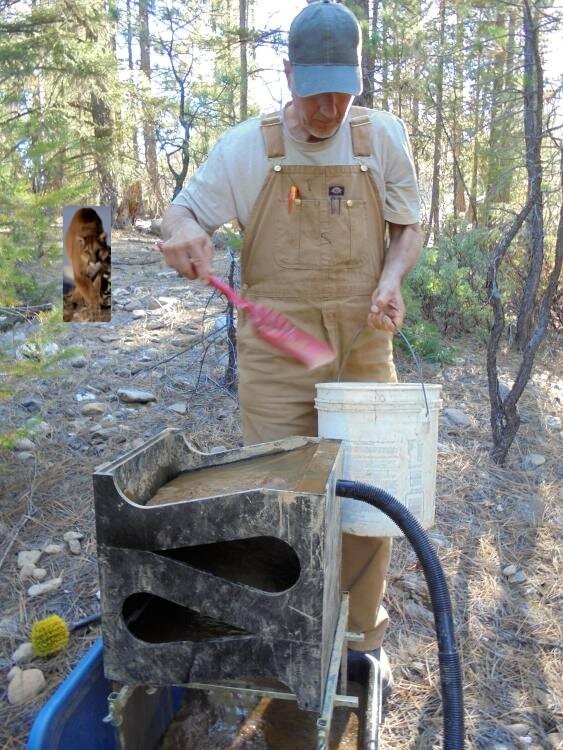
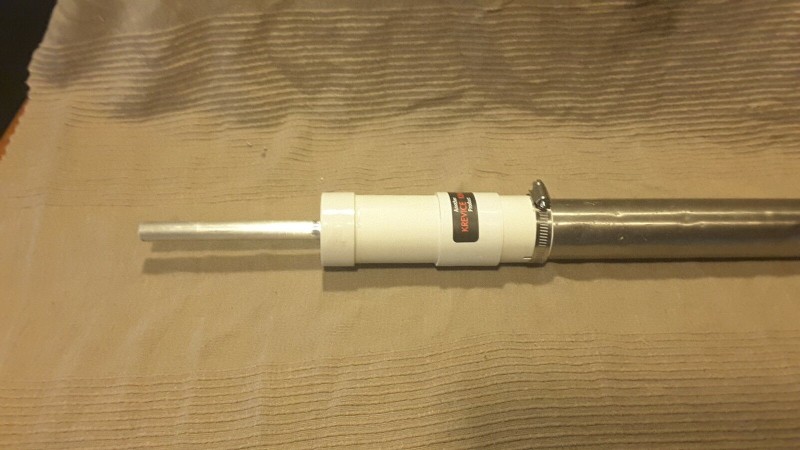
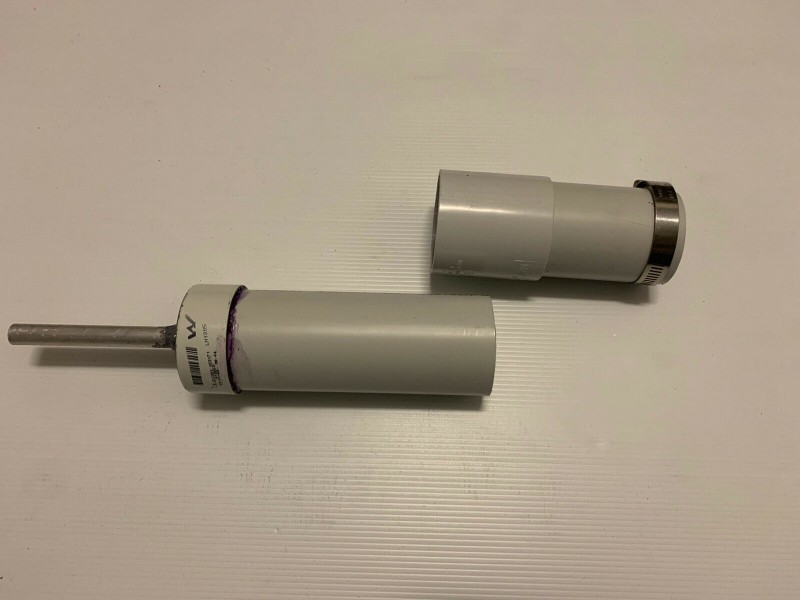
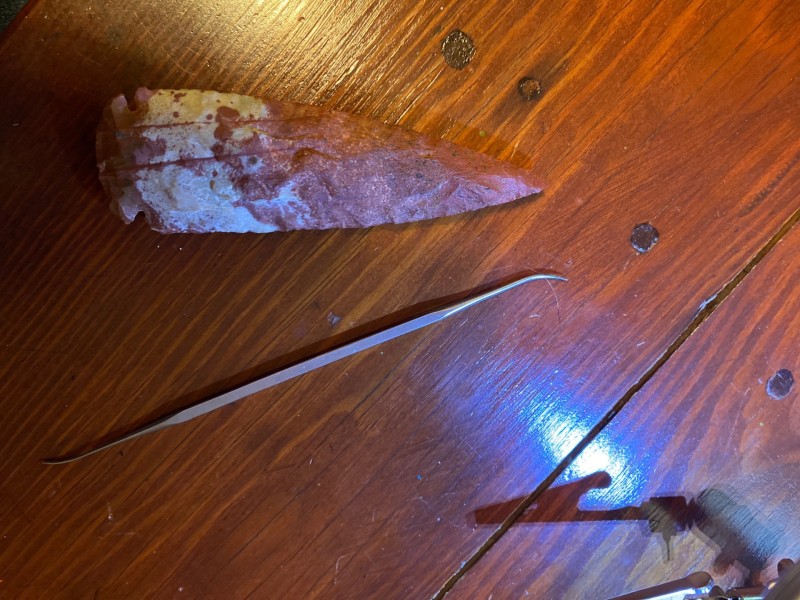
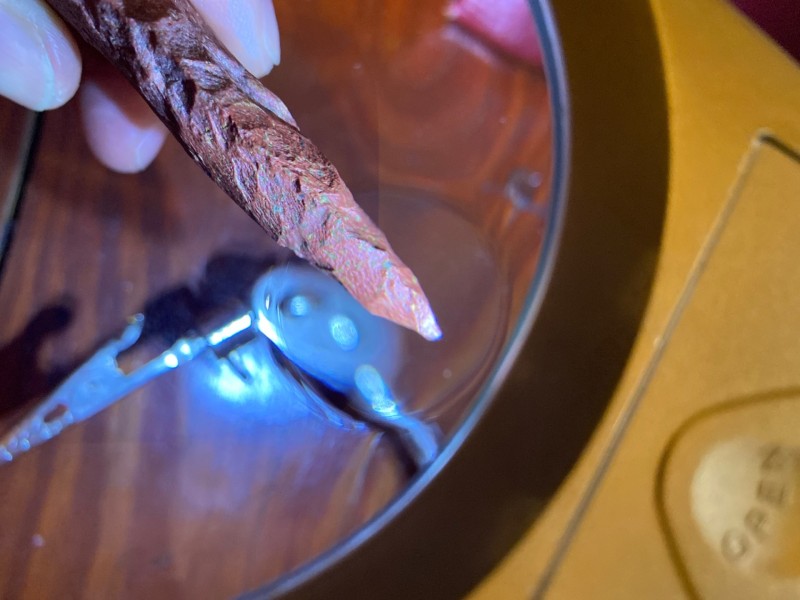
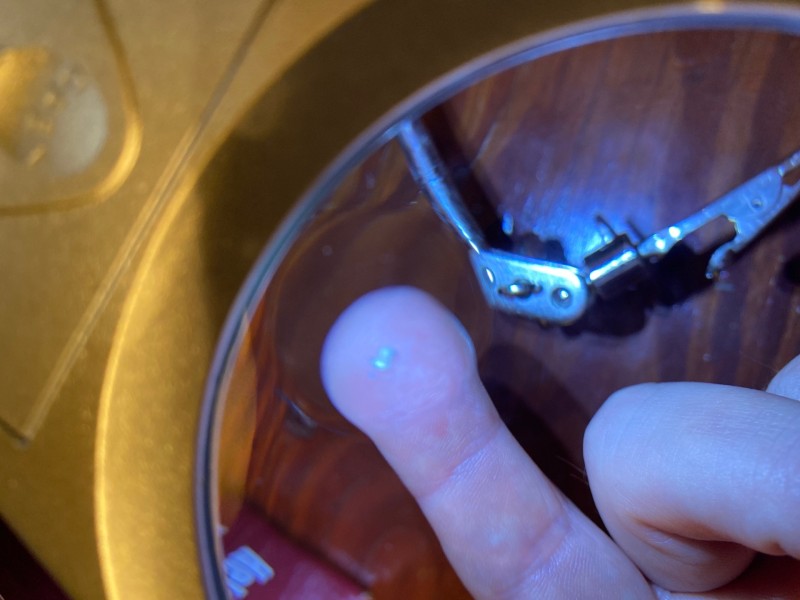
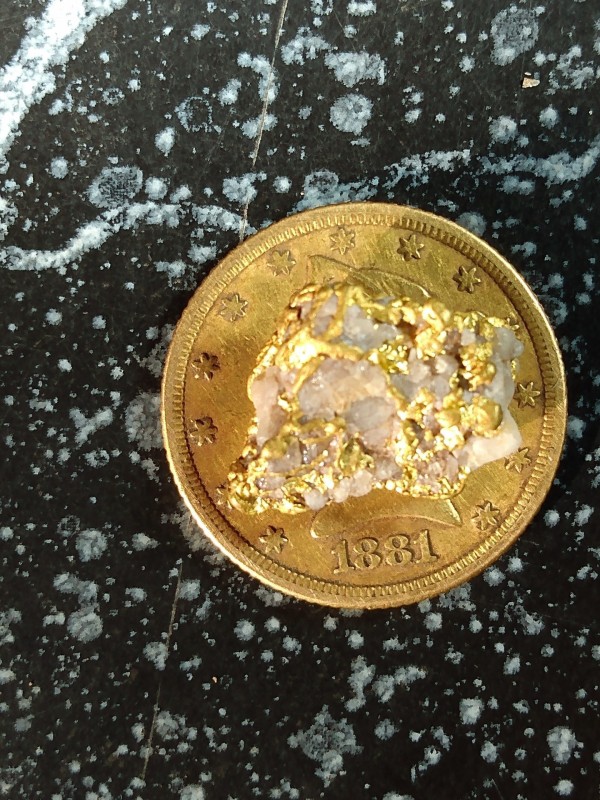
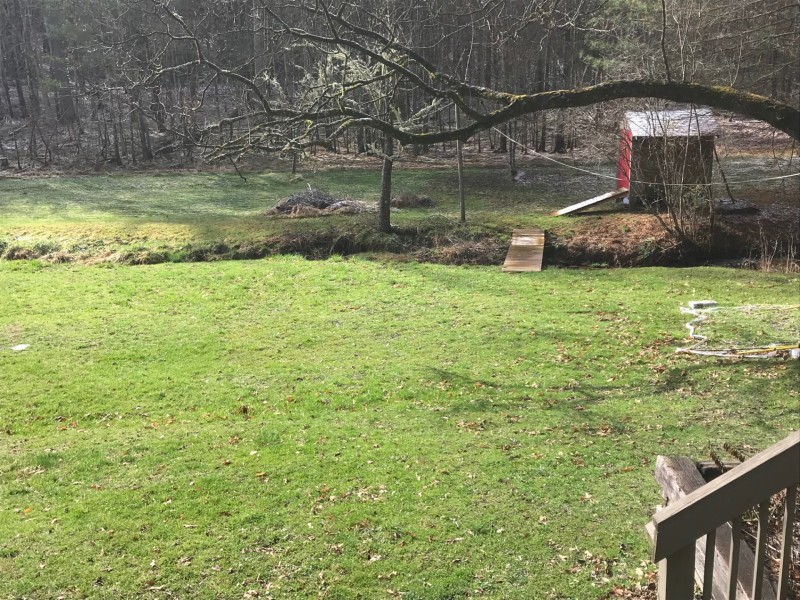
** Lost Gold At The Dead Man's Mine ** A Miners Journal **
in Detector Prospector Forum
Posted
https://en.wikipedia.org/wiki/Middle_Santiam_River